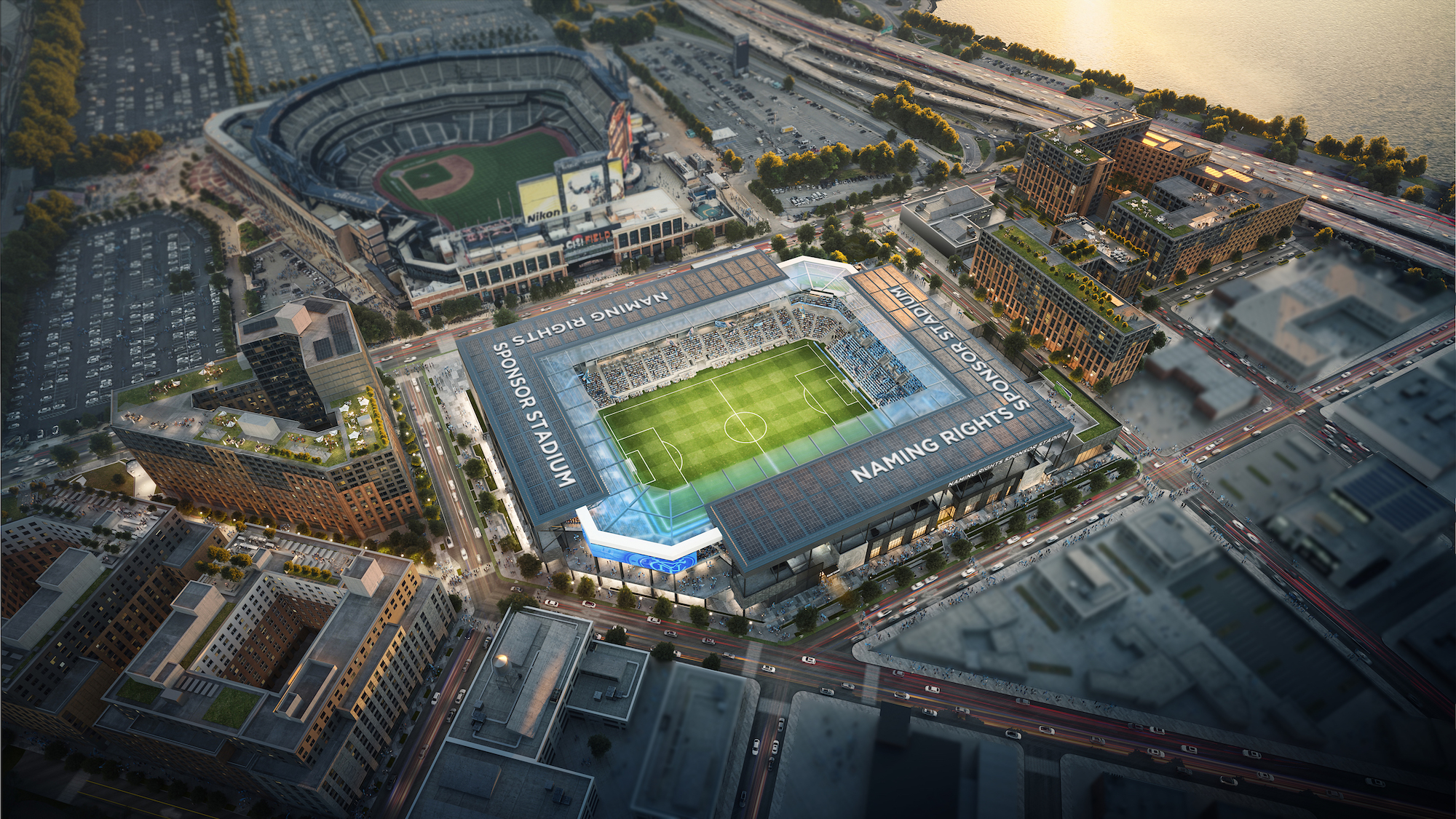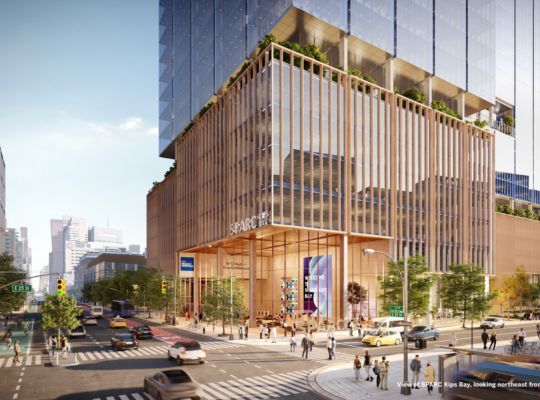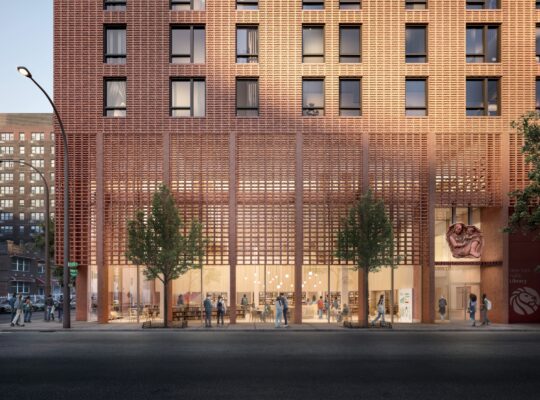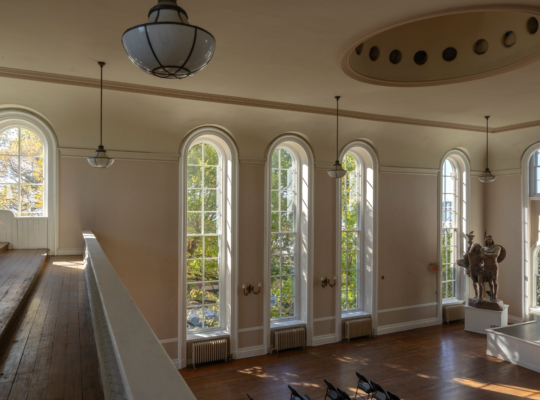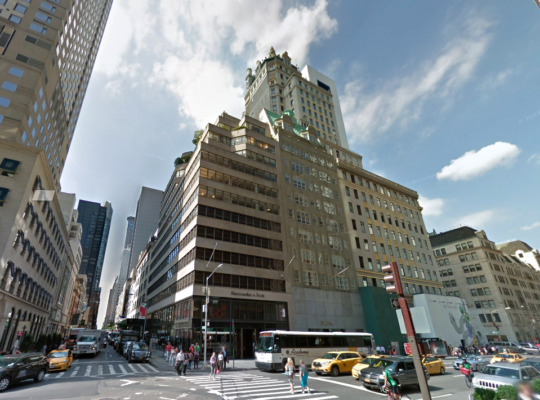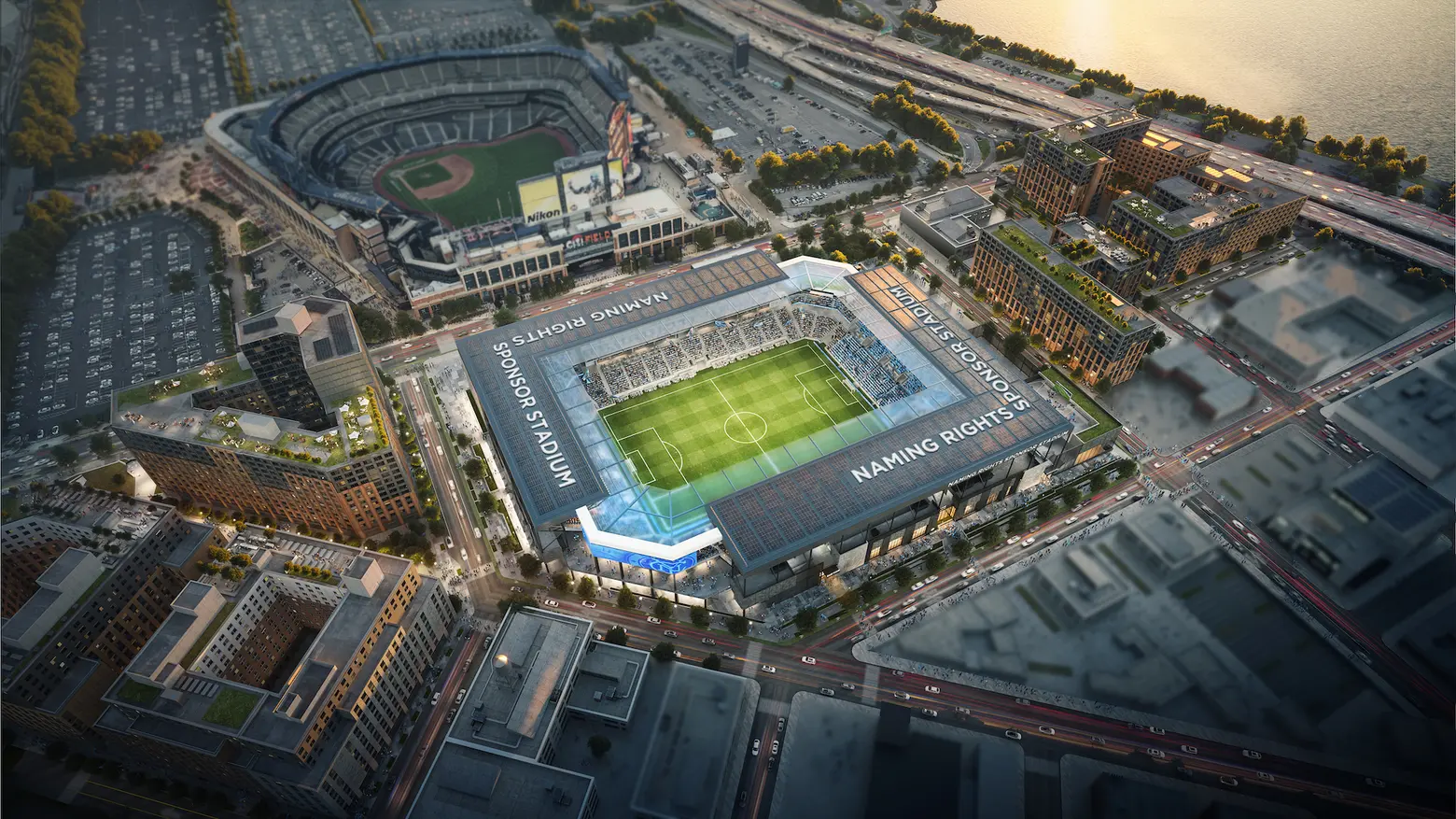
All renderings courtesy of New York City Football Club.
Plans for a 23-acre mixed-use development in Queens with thousands of affordable housing and New York City’s first professional soccer stadium are moving forward. The second phase of the Willets Point project entered the uniform land use review procedure (ULURP) on Monday, which puts the plan in front of the public for feedback before being voted on by the City Council. This phase includes 1,400 of the 2,500 total affordable homes, a new 650-seat public school, 40,000 square feet of public open space, retail space, a 250-key hotel, and the first-ever soccer-specific stadium in the city.

Announced by Mayor Eric Adams last November, the “Willets Point Transformation” proposal includes a total of 2,500 affordable apartments, which would make it the largest affordable housing project created in the city in 40 years. The first 1,100 of the 2,500 units have already been cleared in the ULURP process and construction is expected to break ground by the end of 2023.
Phase two includes 1,400 of the total affordable homes as well as a new 650-seat standalone public school, public open space, and the permanent home for New York City Football Club (NYCFC), according to the city’s Economic Development Corporation. The 25,000-seat stadium will be located across the street from Citi Field.
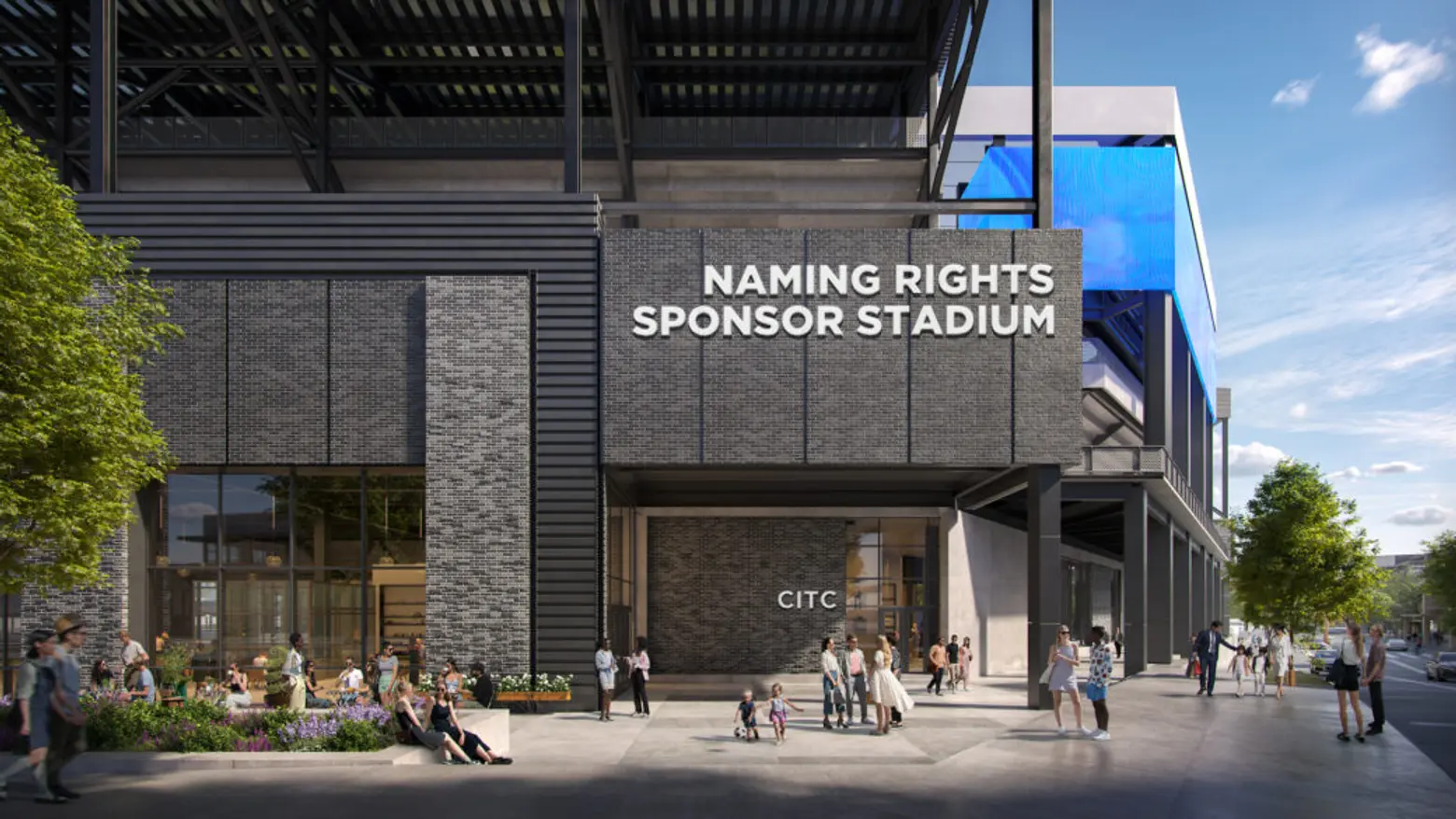
Developed by the soccer team, Related Companies, and Sterling Equities and designed by HOK, the stadium will feature a striking, “activated cube” entranceway, which will be illuminated on match days with vibrant colors and imagery to ensure a dynamic experience for stadium visitors, according to a press release. S9 Architecture and Turner Construction Company are design and construction partners on the project.
The project is expected to generate $6.1 billion in economic impact over the next three decades, creating 1,550 permanent jobs and 14,200 construction jobs.
“Today, we take a major step closer to creating 2,500 affordable homes — New York City’s largest fully affordable housing project in decades — while simultaneously creating 16,000 good-paying jobs to provide a true pathway to the middle class, right in the heart of Queens,” Adams said.
“With this plan, our administration is seizing a once-in-a-generation opportunity to create a brand-new neighborhood — a Willets Point that offers opportunity for working people and all New Yorkers. As we begin the land use review process, we look forward to building on our extensive engagement by continuing conversations with community members and building a true ‘City of Yes.’”
The seven buildings of affordable housing will anchor the new neighborhood, which will focus on pedestrian-centric urban planning principles, with pedestrianized common areas and space for small businesses and recreation.
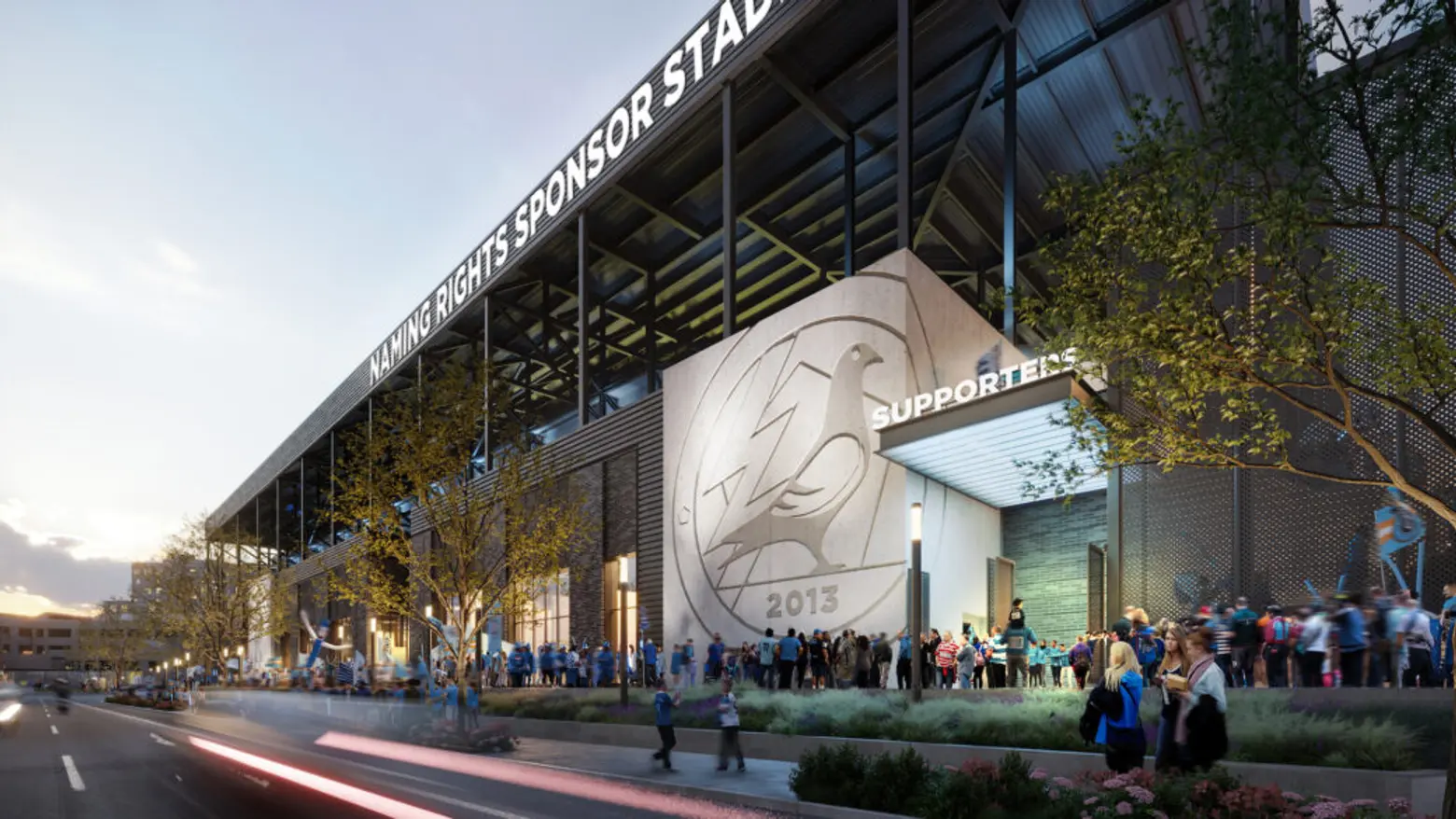
NYCFC, the 2021 MLS champions, will finance the stadium’s construction, which is projected to cost $780 million. The city will lease the land to the soccer team and the developers for 49 years, with the opportunity to extend the lease for 25 more years.
While the stadium will be privately financed, the owners will not have to pay real estate taxes for the duration of the lease, according to the New York Times.
The stadium is expected to open in 2027, a year after the 2026 FIFA World Cup is hosted by NYC and New Jersey.
“Queens and New York City need and deserve this transformational new community in Willets Point,” NYCFC Vice Chairman, Marty Edelman, said. “We promised our growing fan base we would build their home in the five boroughs, and with their continued enthusiastic support, we continue our journey to have that home as part of this unprecedented new housing community.”
Plans to redevelop the former dumping ground and industrial neighborhood have been in the works for decades. In 2007, former Mayor Michael Bloomberg announced plans for a mixed-use development that included apartments, offices, and a shopping mall, but ended up being stalled and eventually discarded because of a lawsuit.
In January 2019, Mayor Bill de Blasio revived the plan, announcing the addition of affordable housing to the project and a remediation of the site. Since the plan was revealed, a majority of the area’s more than 200 businesses have been evicted or bought out, according to the New York Times.
As part of the public process, the project will be reviewed by the local community board, the Queens borough president, the City Planning Commission, the City Council, and finally, the mayor.
RELATED:
Source link


